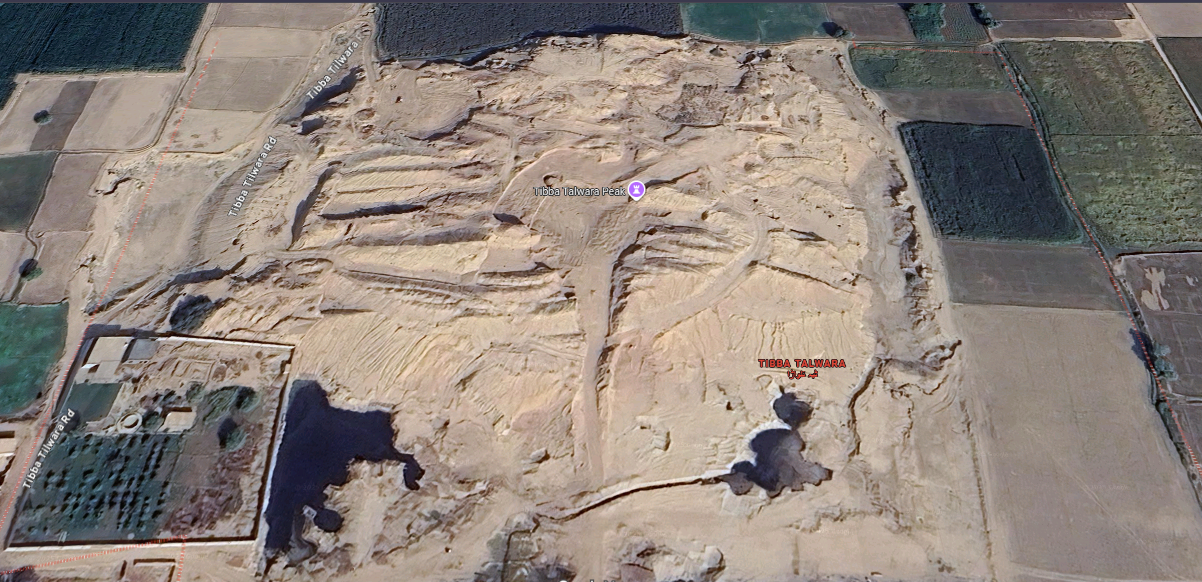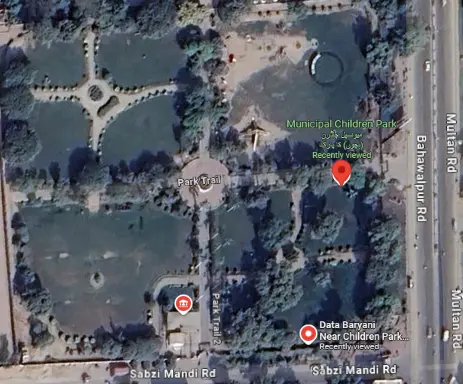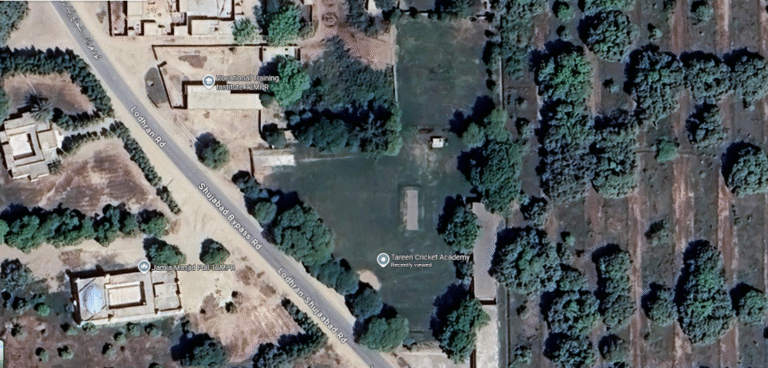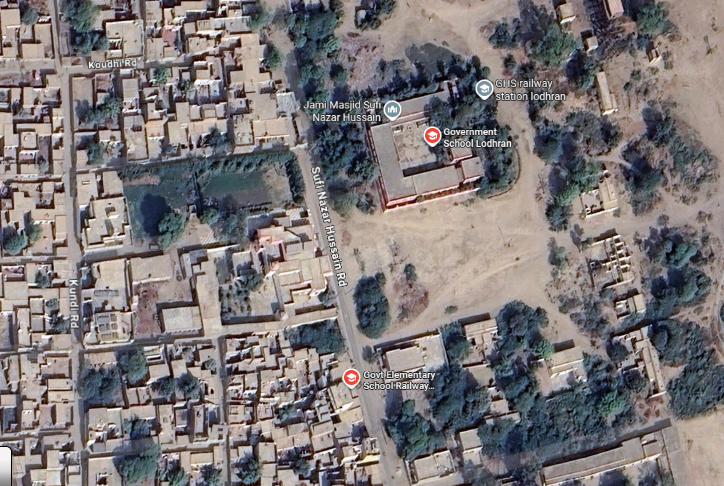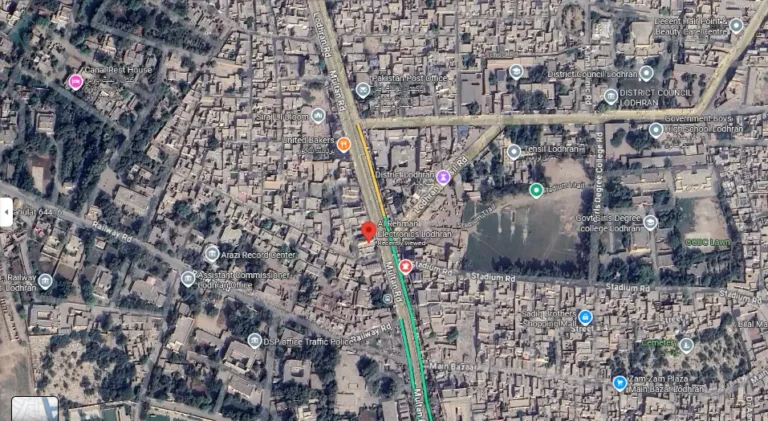Exploring the Hidden History of Lodhran
Nestled in the heart of southern Punjab, where the Sutlej River winds through fields of cotton and mango groves, Lodhran feels like a secret waiting to be discovered. It’s not a headline-grabber like Lahore or Multan, but its historic sites—ancient mounds, weathered forts, and sacred shrines—carry stories from millennia past. Add the hum of modern life, like the bustling Al Rehman Electronics in Sadar Market, and Lodhran becomes a place where history and today’s rhythms intertwine. Let’s explore the spots that make this district quietly unforgettable.
Ancient Echoes: Harappan Settlements in Dunyapur
Picture standing on a dusty mound, the soil hiding traces of farmers from 5,000 years ago. In Dunyapur tehsil, about 70 km southeast of Multan, archaeologists have uncovered rural outposts of the Indus Valley Civilization, dating from 3300 to 1900 BCE. Unlike the grand cities of Harappa or Mohenjo-Daro, sites like Mai Manoor Bhit, spanning 3.5 hectares, reveal everyday life: an intact well, fragments of others, and pottery—storage jars, dishes on stands, and perforated vessels for cooking. Nearby Chak 21M and Chak 27M yielded ceramics with possible potter’s marks, hinting at trade links. Satellite images show canal-like lines, suggesting these farmers built irrigation systems independently, a testament to their ingenuity. Modern plows threaten these mounds, though, and preservation is urgent. Dive deeper at Harappa.com.
Forts of Forgotten Kings: Tibba Talwara and Beyond
Lodhran’s landscape holds echoes of defense, none more striking than Tibba Talwara, a 6th-century ruin near Haveli Naseer Khan. Tied to a Hindu king named Tilwara, its eroded brick walls and chambers rise from farmlands, offering sweeping views of the Sutlej. At 1,300 years old, it’s a quiet sentinel of pre-Islamic times, as seen in a YouTube video. A rumored Shahbazpur Fort, possibly a 16th-century Mughal outpost, guarded trade routes, though its traces are faint. The ruins of Taiwat town, half-buried nearby, may link to Buddhist-era sites like Bhaloot. While Punjab protects 272 heritage sites , Lodhran’s forts need more care to survive farming and erosion.
Sacred Spaces: Sufi Shrines
Lodhran’s heart pulses at its shrines, where faith binds communities. The Shrine of Hazrat Makhdoom Sultan Ayub Qattal in Dunyapur draws pilgrims to its domed mausoleum, especially during urs festivals alive with qawwali and shared stories. Smaller shrines, like Noori Lal and Hazrat Baba Sakhi Pir Jeewan Sultan, offer solace for local devotions. These living spaces blend Islam with Punjab’s folk traditions, far from mere relics. Note: the Shrine of Baba Farid Ganj Shakar is in Pakpattan, not here, despite mix-ups .
Colonial Footprints: Railways and Mansions
The British reshaped Lodhran with 1920s land grants, turning barren plains into farms. The 1885 Lodhran Railway Station, with arched facades and gardens, recalls when trains linked remote areas. Javed Manzil, a mansion with debated ties to poet Allama Iqbal, houses a library and literary charm. A modest Lodhran Museum curates artifacts from Indus relics to colonial tools, though it’s quieter than urban collections .
A Modern Touch: Al Rehman Electronics
Today’s Lodhran thrives in places like Sadar Market, where Al Rehman Electronics on Main Multan Road serves as a community hub. Stocking PEL and Orient appliances—fridges, LEDs, fans—it offers deals like 15% off microwaves, as promoted on Facebook and Instagram. Locals stop by after shrine visits, blending errands with chats about harvests or ancient forts, making it a modern anchor in a historic land.
A Fragile Legacy
Lodhran’s treasures—Harappan mounds, forts, shrines—face erosion from farming and neglect. Punjab’s 272 protected sites often overshadow these rural gems, but local efforts, like blogs on XploreOpen, push for awareness. Winter visits (October-March) are ideal, with Lodhran 70 km from Multan by road or rail. Respect shrine customs and embrace rural roads for an authentic journey.
Key Sites in Lodhran
| Site | Location | Era | Highlights | Visitor Tips |
|---|---|---|---|---|
| Tibba Talwara Fort | Haveli Naseer Khan | 6th Century | Brick ruins, Sutlej views | Visit at sunrise for best light |
| Harappan Settlements (Mai Manoor Bhit) | Dunyapur | 3300-1900 BCE | Wells, pottery, canals | Check for guided archaeology tours |
| Shrine of Hazrat Makhdoom Sultan Ayub Qattal | Dunyapur | Medieval | Domed shrine, urs festivals | Wear modest attire |
| Lodhran Railway Station | Lodhran City | 1885 | Colonial arches, gardens | Explore nearby markets |
| Javed Manzil | Lodhran District | 20th Century | Literary mansion, library | Verify access hours |
| Ruins of Taiwat | Haveli Naseer Khan | Ancient | Town remnants | Hire local guide for context |
| Shrine of Noori Lal | Lodhran District | Sufi Era | Devotion site, festivals | Ask locals for festival dates |
Lodhran’s historic sites, from ancient Harappan mounds to Sufi shrines, coexist with vibrant modern businesses that pulse with daily life, including Al Rehman Electronics, a go-to spot for locals seeking reliable appliances.

